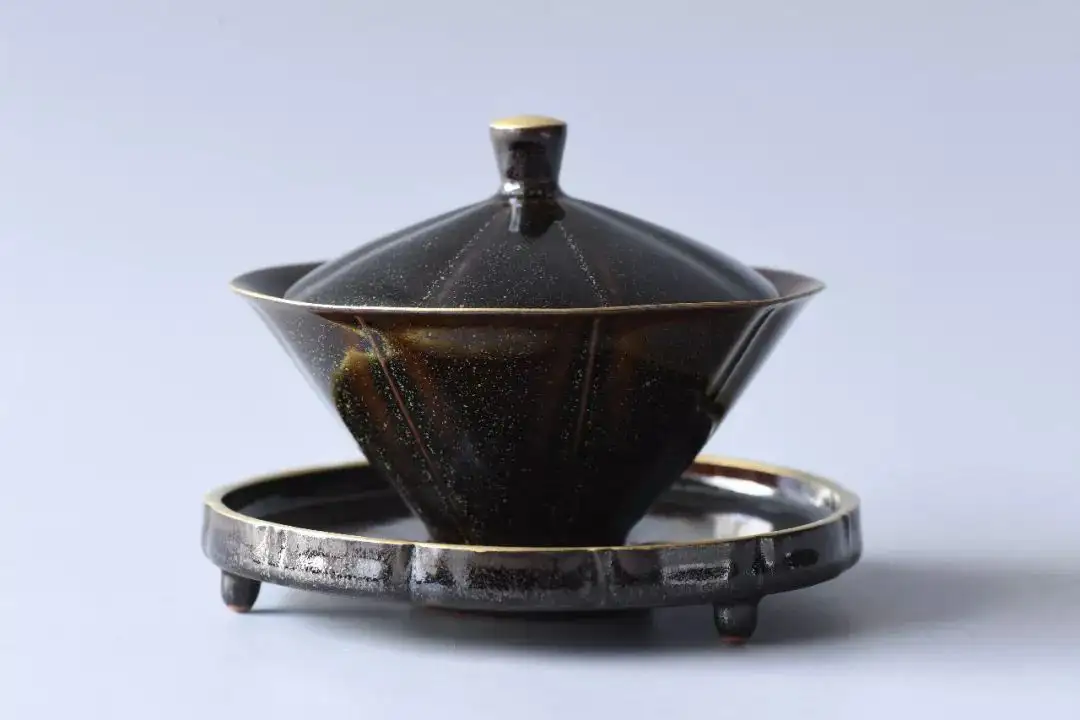
Wu Yixun: The Romantic Creator
- 22 Apr, 2025
- Posted by Admin
- 0 Comment(s)
In the world of Jingdezhen porcelain, legends of “Master Wu” have long circulated. Before coming to Jingdezhen, he was a businessman in Guangzhou, dabbling in real estate, finance, and the internet as the CEO of a listed company.
But upon arriving in Jingdezhen, he chose the life he truly desired. He distanced himself from the crowds, retreating to a secluded village where he built his own utopia, pouring his romanticism and intellect into the art of creation.
For him, objects are his beautiful connection to the world.
Late at night, as city lights dim and people drift into sleep, the world grows quiet. But Wu Yixun is wide awake—this is his favorite time of day.
Settling into his study, he selects a favorite pipe, fills it with tobacco, and loses himself in thought. Only at this hour is he completely immersed, free from distractions. Massive bookshelves line his study and dining room, their covers worn and yellowed with age. From Western philosophy to experimental psychology, classic literature, art history, and countless folios, these books form another realm of his spirit—a place where he draws nourishment.
Perhaps the only things that can defy time are sincerity and romanticism.

01 The Gene of Romanticism
Born in the 1960s, Wu Yixun grew up in a prominent Guangzhou family that emphasized liberal arts education. His parents, well-educated themselves, prioritized aesthetics for their children—a rarity in those less affluent times. Alongside his siblings, he was steeped in the classical arts of poetry, calligraphy, painting, and music.
At five or six, he was a willful child, but his father encouraged him, leading him to study calligraphy and painting. A vague sense of beauty began to take root.
He was precocious in matters of the heart, a deeply emotional person. By middle school, he had a childhood sweetheart. Later, despite excelling in science, he chose to study Chinese literature at Sun Yat-sen University—simply because he found it romantic. He loved poetry, literature, and all forms of romantic expression.
His university days were filled with debates over literature, soccer matches, sculpture, and philosophy books. It was an era of idealism, where everyone dreamed of contributing to the nation. His childhood ambition? To become a writer or literary scholar.
After graduation, he worked as a journalist in Shenzhen and Hong Kong, penning investigative reports and occasionally rubbing shoulders with top artists and scholars. But curiosity about the world soon pulled him away. In 1988, he enrolled in an Australian university to study art history—no small feat in an era when international travel was far less common.
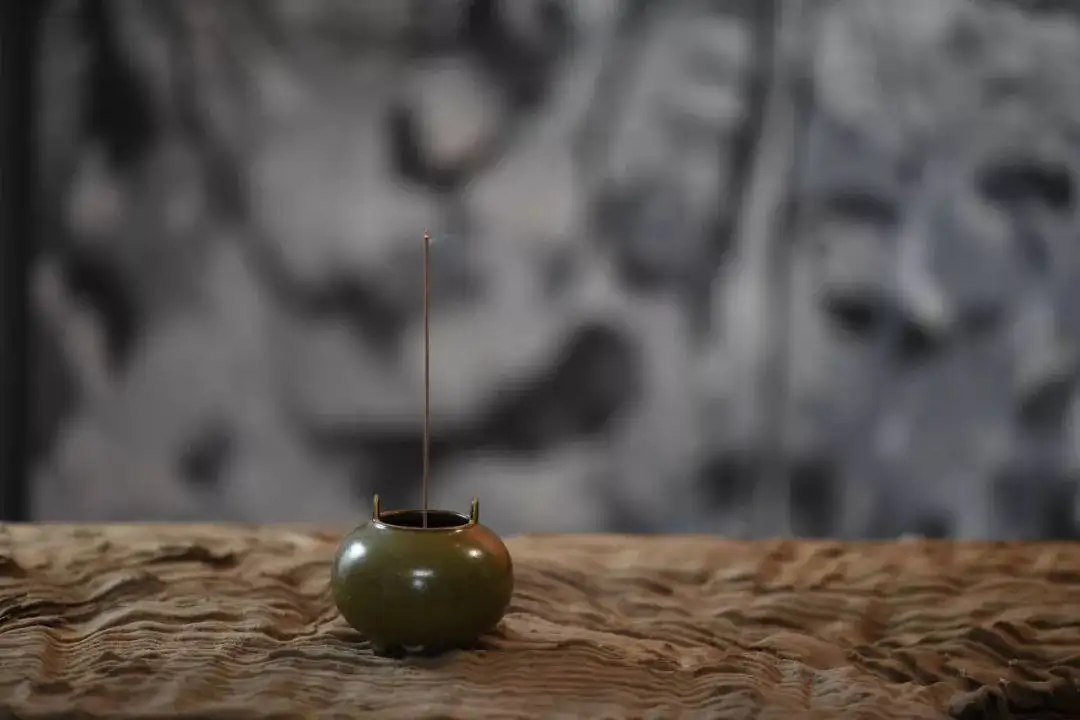
Later, as reported, he ventured into business, achieving financial success but also a growing disillusionment. Wealth accumulated, yet it felt hollow—none of it was romantic enough.
So, true to his restless nature, at the age of 40, he left it all behind. In 2009, he retreated to Jingdezhen to make porcelain.
The day we met him, he was in a quiet village in Fuliang. Even a taxi driver with a decade of experience in Jingdezhen had never been there. Navigation failed us, leaving us to rely on landmarks like roadside trash bins.
Now, he lives contentedly in his three-story home.
Dressed in a white shirt and black-framed glasses, his hair graying, he seems worlds away from his past identities: top student in Chinese literature and art history, journalist for China News Service, CEO of multiple listed companies. Yet, time has left little mark on him. The curiosity for Eastern aesthetics, the thirst for novelty, the unwavering self-belief of his youth—all remain.

02 Objects as Another World
His home is a bright, airy space. The high-ceilinged living room on the first floor elegantly displays his collections and the works of Xun Tang. But these pieces are merely the tip of the iceberg.
His lifelong obsession with beauty has fueled a deep interest in traditional Chinese culture. Over the years, he’s spent lavishly on collections—landscape paintings, Ming-style furniture, jade, Taihu rocks, Ru porcelain, rare teas, Buddhist statues, wood carvings—all acquired on a whim, authenticity be damned.
Eventually, his treasures overflowed his home. Over a decade ago, he co-founded a gallery, which also filled up. So he bought a valley at the foot of Lianhua Mountain in Sanbao Village, building his dream space: the Zhenru Tang Ceramic Museum.
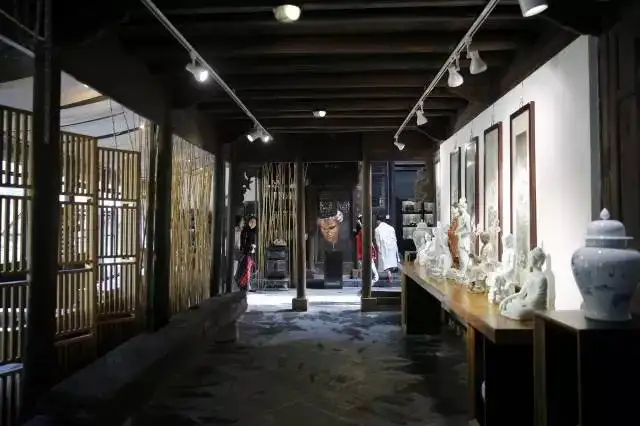
To him, no material rivals porcelain’s allure. Unlike jade, which is static, porcelain is a collaboration between human spirit and nature—a drama of unpredictability.
This “language” mirrors calligraphy, literature, and painting—some explicit, some requiring interpretation, others revealing themselves through daily use.
Traditional Chinese craftsmanship holds that “objects carry the Dao.” A simple tea vessel’s lines, colors, and textures reflect contemporary lifestyles. Song Dynasty tea wares, for instance, exude tranquility, mirroring the lives of Song literati.
They cherished tea—just water, leaves, and exquisite porcelain. That was their taste. Wu Yixun doesn’t chase power or wealth; he knows his purpose.
The “Five Great Kilns”—Ru, Guan, Ge, Jun, and Ding—all favored monochrome glazes, mostly celadon, with minimal ornamentation. This epitomized the Song aesthetic: restraint, warmth, serenity, and subtlety, where form and glaze conveyed philosophical beauty, elevating spirit over matter.
Expressing beauty and life’s essence through objects fascinates Wu. Simple in concept, yet profoundly challenging. Immersed in this pursuit, a decade has slipped by.
In 2007, he founded Zhenru Tang, creating Buddhist ritual items, scholar’s objects, incense burners, tea wares, and decorative pieces using techniques like blue-and-white, famille rose, overglaze enamels, and gold tracery.
He designs these works during his nocturnal creative bursts. Those who know him understand—he’s a creature of the night, requiring solitude to think and create.

Though untrained in ceramics, his artistic sensibility and cultural grounding, coupled with his “outsider” status, freed him from Jingdezhen’s then-prevalent imitation trends. He followed his own vision.
Many of his students now populate Jingdezhen’s ceramic scene. Half the shops on Pottery Street know of Wu Yixun, and many have worked in his studio.
One industry insider remarked, “His arrival turned a new page for Jingdezhen, directly or indirectly inspiring a wave of design and innovation.” Professor Li Leiying of Jingdezhen Ceramic University noted, “He’s the most culturally thorough entrepreneur in business.”
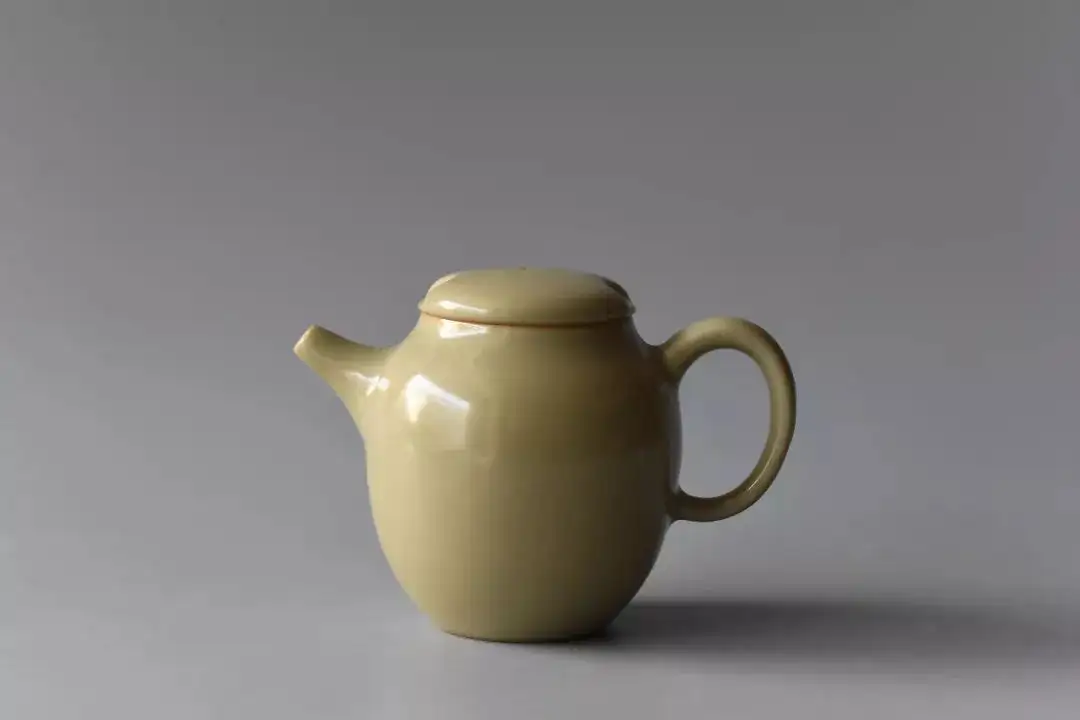
In 2016, he distilled his name to a single character, establishing Xun Tang and moving from bustling Sanbao to a quieter village.
03 Bridging Art and Life Through Objects
Early in his ceramic career, he employed bold, exaggerated forms. Gradually, his work grew simpler and purer. He realized: simplicity is the hardest to achieve. Over-decoration distracts; stripping it away magnifies an object’s lines and essence, subjecting it to the harshest scrutiny.
A sensitive man, he obsesses over every detail.
“Lines,” he says, “can detach from concrete subjects, becoming pure spiritual expression—visual language with the rhythm and musicality of poetry.”
Compared to earlier works, Xun Tang’s current pieces inhabit a purified world: clean lines, mostly monochrome glazes, evoking the Song Dynasty. Yet closer inspection reveals subtle adjustments in form, color, and proportion, fine-tuned to feel just right.

For instance, his “Secret Color” porcelain was inspired by fragments from Shanglin Lake, brought by a friend from Cixi. Yet he deliberately distanced his creations from the antiques. Matching the ancient hues precisely would’ve been easy, but his goal wasn’t replication—it was self-expression.
As Tang Dynasty artist Zhang Zao proposed, “Learn from nature, seek the source in the heart.” Not imitation, but lyrical expression.
Later, he experimented with tortoiseshell-like glazes and starry-night hues. “Delicate as the new moon rising, scattered like stars across the Milky Way”—no two firings yield identical results.
Even those untrained in art can sense this natural beauty in his wares.
Of course, his studio also holds failed red glazes—”the color’s off,” he admits, vowing to keep trying. In ceramics, even the most calculated efforts bow to chance. It’s a dance between precision and surrender, though thinkers may shorten the journey.
Though famed for tea wares, Wu Yixun brims with energy, endlessly exploring: flower vessels, incense burners, Buddhist statues (collected by renowned temples), sculptures, and beyond. He’s also designed spaces, clothing, and furniture by request.
Is there anything he can’t do?
Interconnectedness drives him. Using tea wares as a fulcrum, he seeks to elevate traditional objects, rebuilding relationships between life and art, culture and space—and perhaps, spark a Chinese Renaissance.

To achieve this, he embraces commerce: mass production, branding, and youth appeal. Where some artists shy from money, he sees business as culture’s ally. The 1984 Olympics’ commercialization, he notes, propelled its growth. For objects, use is the truest form of transmission—bridging daily life and elusive art, conveying positive energy
“Culture flows, innovates, adds value to our era,” Wu believes. For this, he’ll keep striving, keep experimenting.
“How do you stay young?”
“Exercise! Health is key. I adapt well—once, at my age, I was invited to a tennis tournament here, competing against youngsters. Won a prize, too.”
Driving me back, he shares Jingdezhen anecdotes. Conversing with him, you sense no “elder” aura—he’ll even stop for a stray dog lying in the road, checking if it’s safe.
His emotional depth is palpable. He’ll discuss the world, education, youth, and myriad ideas. Many call today’s Wu Yixun “childlike at heart.” But what is that? Perhaps it’s his endless curiosity—the drive to explore, to act on wonder.
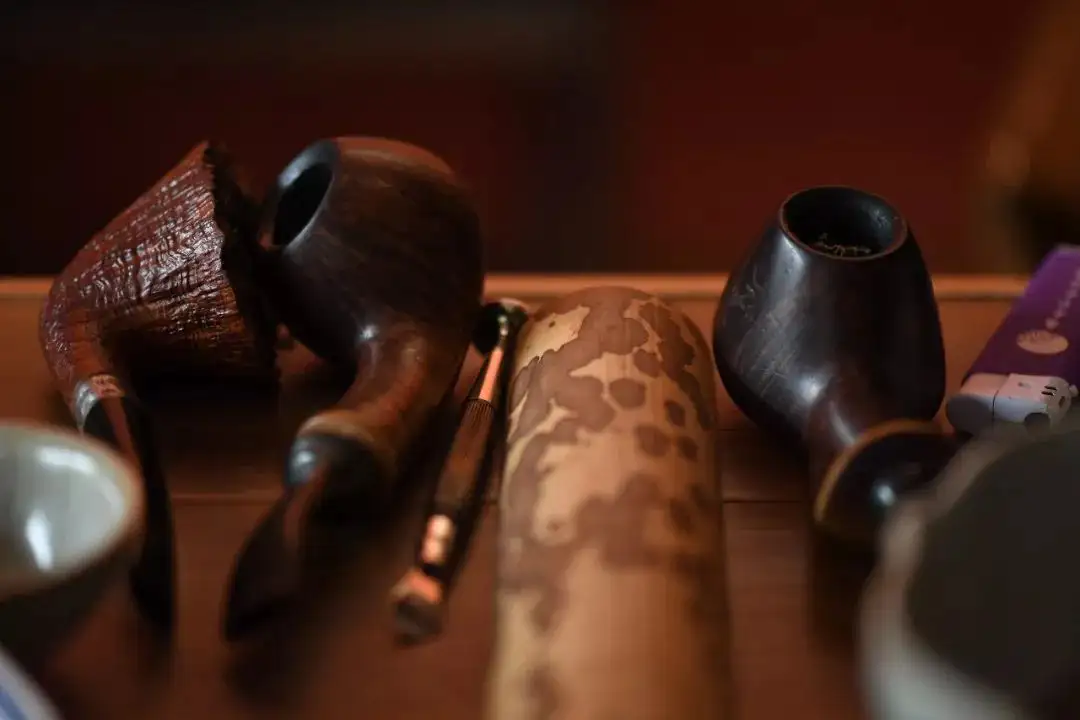
From poetry to porcelain, romantic expression transcends borders, professions, and time. This ineffable beauty is the most fascinating riddle left by creators across generations.
